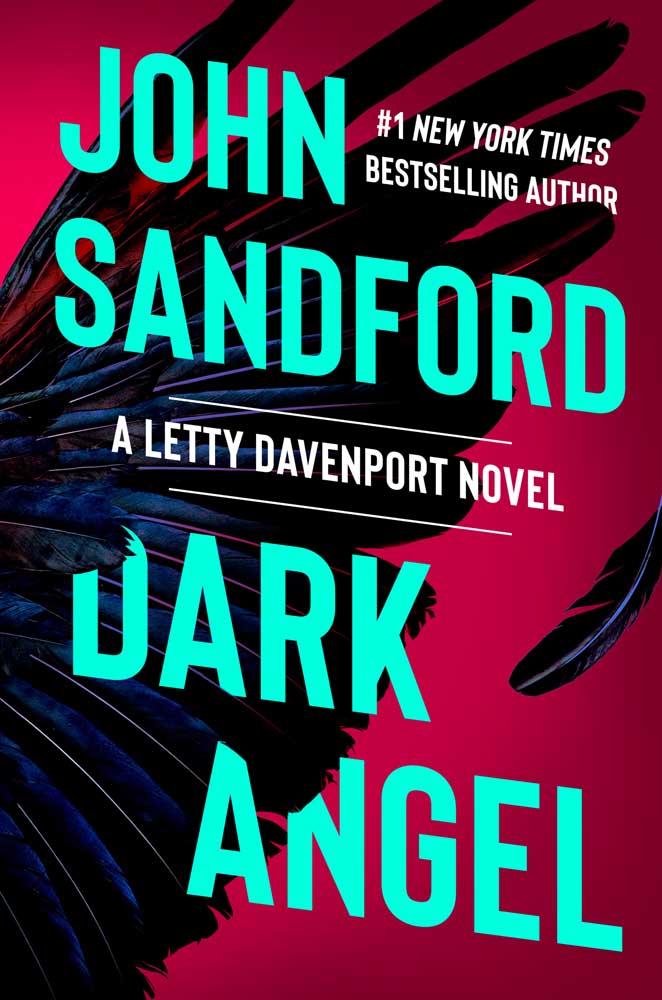Review: ‘The Trackers,’ by Charles Frazier
Published 11:43 am Wednesday, April 26, 2023

- “Dark Angel” by John Sandford.
FICTION: A journey through Depression-era America in search of a missing woman and the truth about her mysterious past.
“The Trackers” by Charles Frazier; Ecco
(336 pages, $29.99)
———
If you’ve read Charles Frazier’s novels — most likely the National Book Award-winning “Cold Mountain” — you know what to expect from the new one, “The Trackers”: a journey across the American landscape of another time, replete with finely wrought historical details, featuring a tough but mysteriously alluring or alluringly mysterious woman.
And as with “Cold Mountain,” which echoed the Odyssey, there is a whiff of myth about “The Trackers”: A mighty king (John Long, a wealthy Wyoming land baron with political ambitions) sends a knight very-errant (Valentine, an artist lodged at Long’s estate while he paints a WPA-like mural in a nearby town’s P.O.) to find and maybe save his runaway wife (the much younger, tough, mysterious and alluring Eve, a onetime railroad hobo and singer with cowboy bands — which, this being 1937, the depth of the Great Depression, isn’t quite as unlikely as it sounds), then sends his trusty squire (the leathery sharp-shooting horse trainer, Faro) to locate both the errant painter and the wife.
Here, let me extract the plot from that muddle of allusions. In 1937 Valentine (Val) Welch, commissioned to paint a mural, travels to Dawes, Wyo., where he is invited to lodge at the vast ranch of the local bigwig, Long. In the so-called lobby of Long’s home there are paintings, including a tiny Renoir, that suggest there’s more to Long than cattle, and, on a high shelf, a rifle with a long telescopic sight, which suggests … well, we all know what.
Val befriends Long and Eve, and forms a wary relationship with Faro, who has a tender way with horses — and, it seems, with Eve — but also sometimes sports an expression so cold, Val says, “it struck me as reptilian.” (Also “reptilian,” in Val’s view? The New Deal-busting Supreme Court of the day, one of many present-day resonances.)
When Eve disappears and Long tasks Val with finding her, the epic quest begins, carrying us through Hoovervilles, hobo encampments, abandoned houses commandeered by weird squatters, seedy nightclubs, suspicious auction houses, and of course that scary Florida sinkhole. Along the way, the depredations of the Great Depression are on full display, and everybody has a story to tell. Eve has many, and which of them, if any, are true, it’s hard to say. Whether it matters is also a fair question. These stories are, like Frazier’s, performative. “I’m going to tell you a campfire story,” Faro says, prompting Eve to counter, “I’ll tell a campfire tale, too.”
“Val, good lord,” Faro tells the importunate narrator, “you don’t interrupt a campfire story.” The same hold true for “The Trackers.” If you stop to question the tale being told, you risk missing the point, which is to be carried along on an entertaining journey through familiar territory, well equipped with the apt historical coordinates to guide you on your way.
———
Review: ‘Dark Angel,’ by John Sandford
“Dark Angel” by John Sandford; Putnam (384 pages, $29.95)
———
John Sandford has tapped into current events for this thriller, in which both the good guys and the bad guys are criminals. Computer hackers who will do anything for the right price agree to try to disrupt Russian military shipments to the war in Ukraine. Meanwhile, thugs who will do anything for the right price are sent to stop them.
Into this quagmire goes Letty Davenport, a federal agent who is Sandford’s newest protagonist and the daughter of the author’s longtime hero, Lucas Davenport — and who has an even quicker trigger finger than her father. Her orders are to protect the hackers while turning a blind eye to any crimes they commit. But her bosses don’t want it known that U.S. agents are supporting known criminals, so she has to maintain a low profile, which isn’t easy when you’re scurrying around Los Angeles shooting at people.
The story stretches credibility a tad sometimes — and a lot at other times — but the action moves so briskly that we don’t have time to dwell on plot holes. Sandford is a master at spinning an engaging tale, and as we race toward the climactic confrontation, we instinctively slide toward the edge of our seat.
©2023 StarTribune. Visit at startribune.com. Distributed by Tribune Content Agency, LLC.






